Circle's top executive, Jeremy Allaire, recently shared that the majority of USD Coin (USDC) users hail from regions outside the United States. Allaire's update on August 8 to his 131,300 followers on X (formerly Twitter) highlighted the impressive statistics, noting that approximately 70% of all USDC interactions are international. Interestingly, these numbers debunk the notion that the coin's primary focus is domestic.
According to Allaire, Asia, Latin America, and Africa are among the territories witnessing a rapid embrace of the USDC. This rise in global popularity aligns with a trend observed by Paolo Ardoino, the technical lead at Tether, another key player in the stablecoin arena. Ardoino, earlier this year, had shared the sentiment that Tether’s stablecoin is viewed as a reliable financial tool, especially in developing nations.
While these insights hint at the expanding influence of stablecoins on a global scale, there have been some intriguing developments in the industry. Notably, PayPal recently unveiled its foray into the stablecoin market with the introduction of PayPal USD (PYUSD). Allaire responded to this new venture by lauding both PayPal and Paxos. He emphasized the importance of regulatory guidance in promoting such pivotal shifts in the financial landscape.
Yet, despite the excitement, some challenges remain. Allaire shed light on a recent decline in USDC’s circulation, attributed to a surge in redemptions and reduced demand. The currency's current market representation stands at a modest 21%, translating to an active circulation worth $26.1 billion.
Addressing rising concerns about USDC liquidity on August 8, Allaire detailed the redemptions surpassing issuances over the preceding month. His figures pointed to the issuance of $5 billion USDC while $6.6 billion was redeemed.
Furthermore, he underscored Circle's dedication to strengthening its global banking ties, collaborating with reputable banking establishments worldwide. Circle's transparency report, released a few days prior, revealed that 93% of its reserve assets are in short-dated U.S. Treasurys, overnight repurchase agreements, and liquid cash, leaving 7% in bank cash reserves.
Lastly, Circle has achieved a significant milestone by securing a Major Payment Institution license from Singapore’s Monetary Authority this past June.





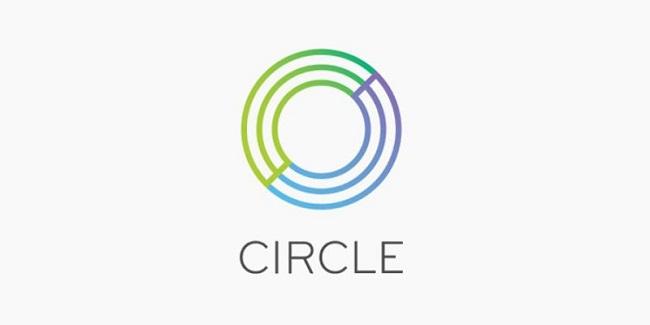
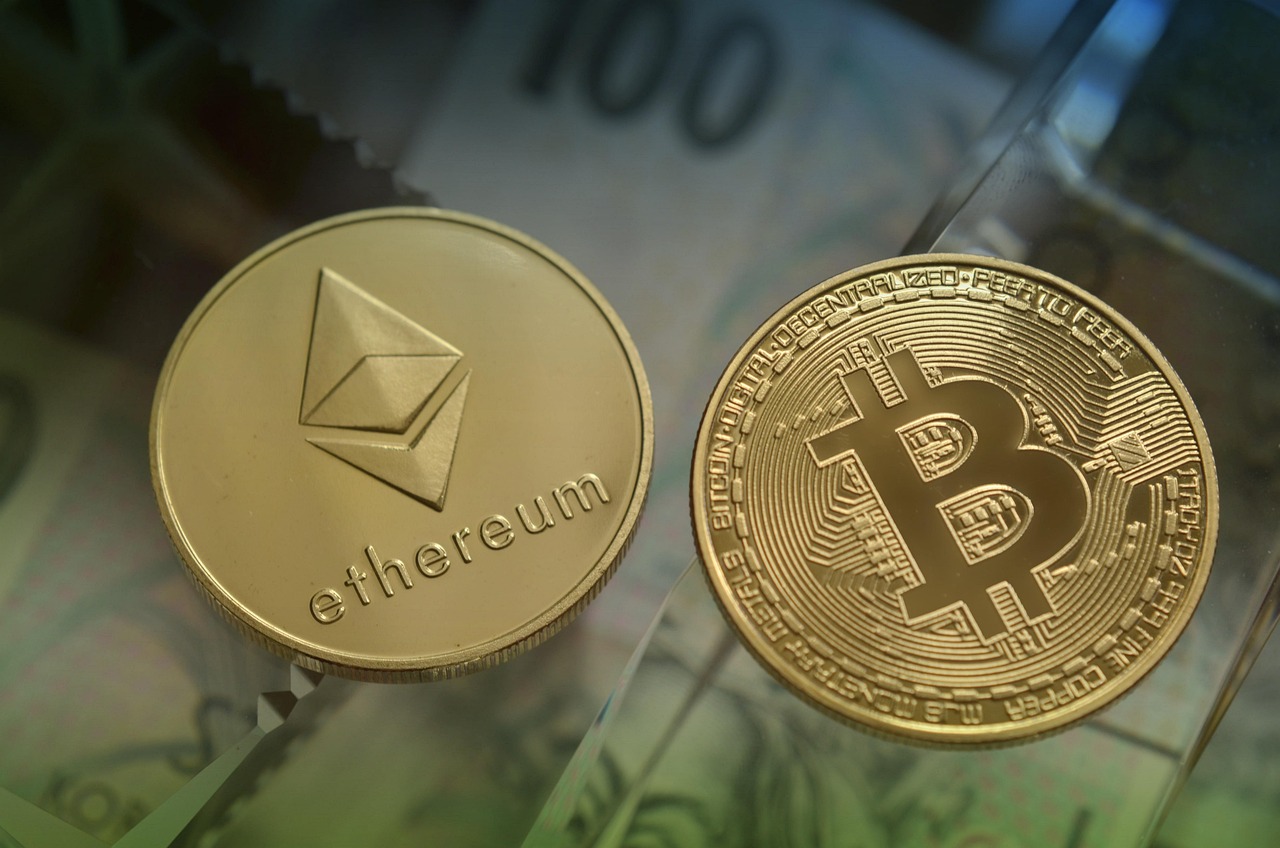
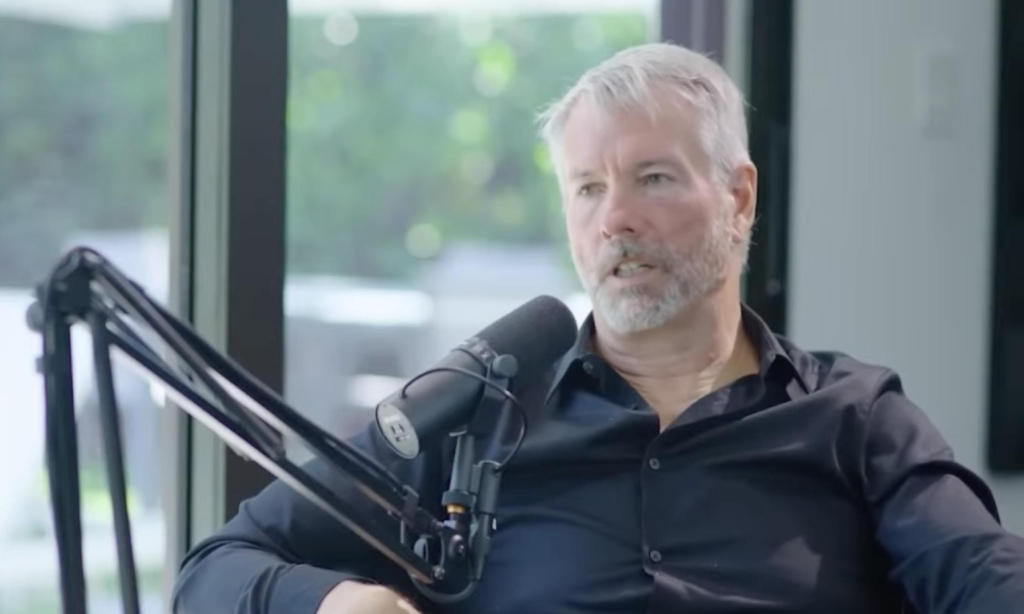



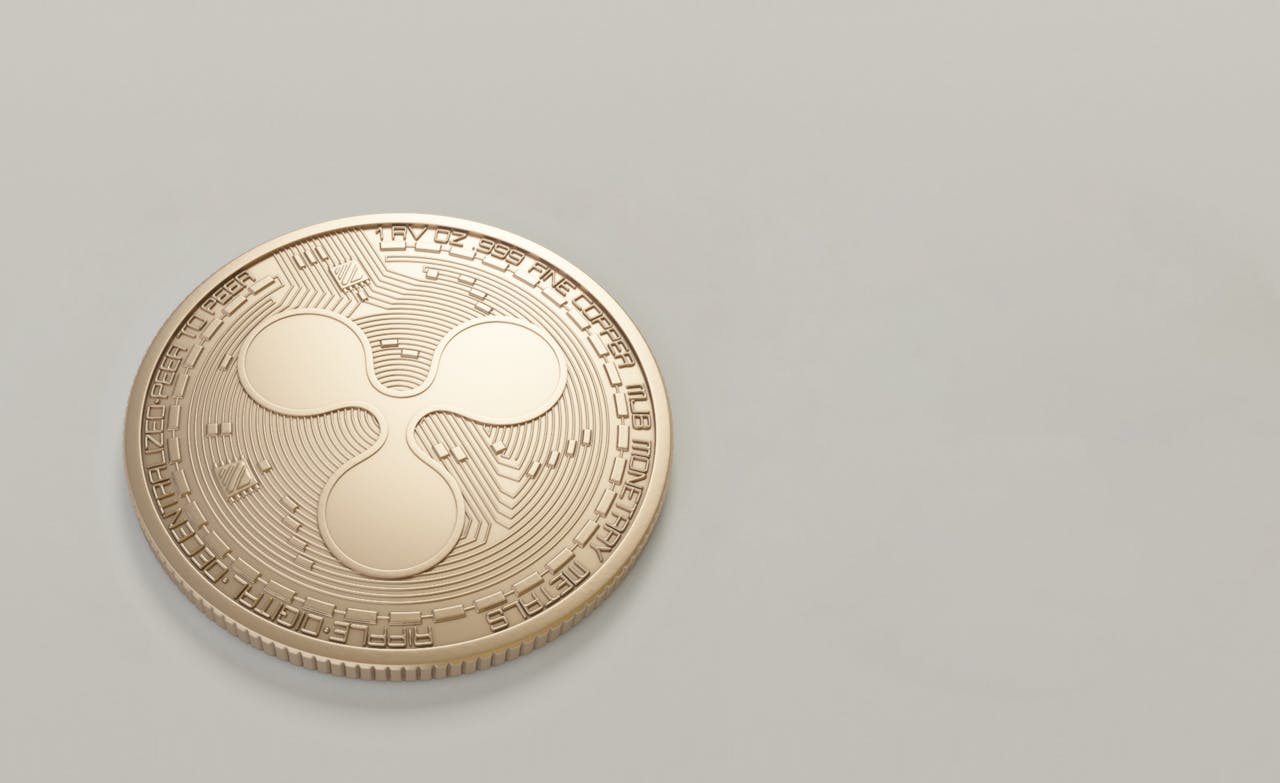

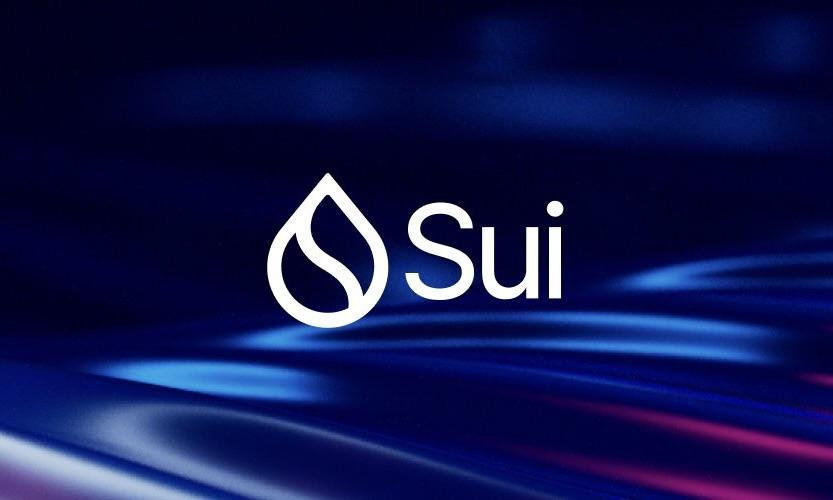
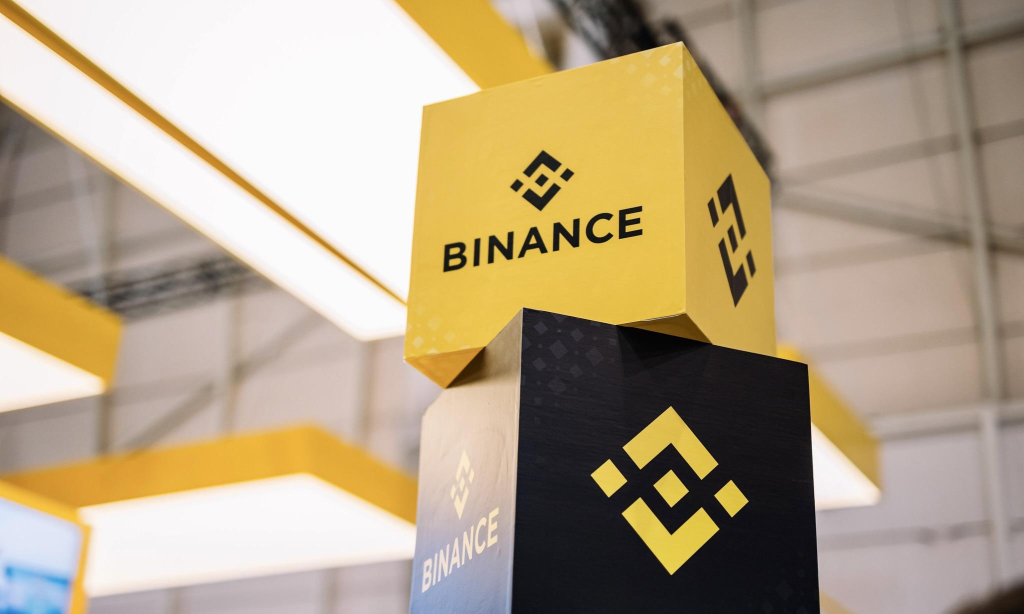
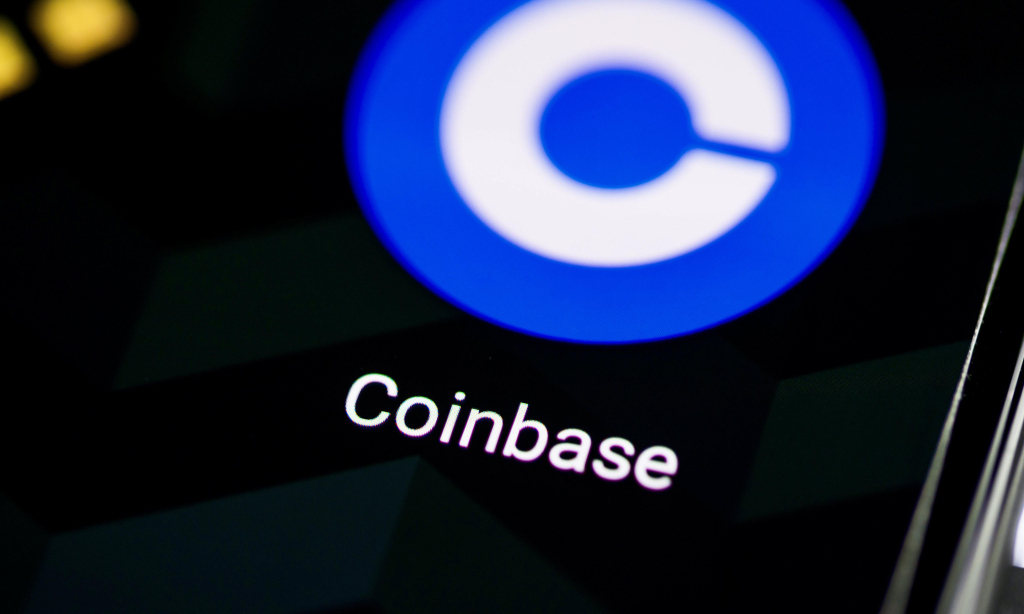

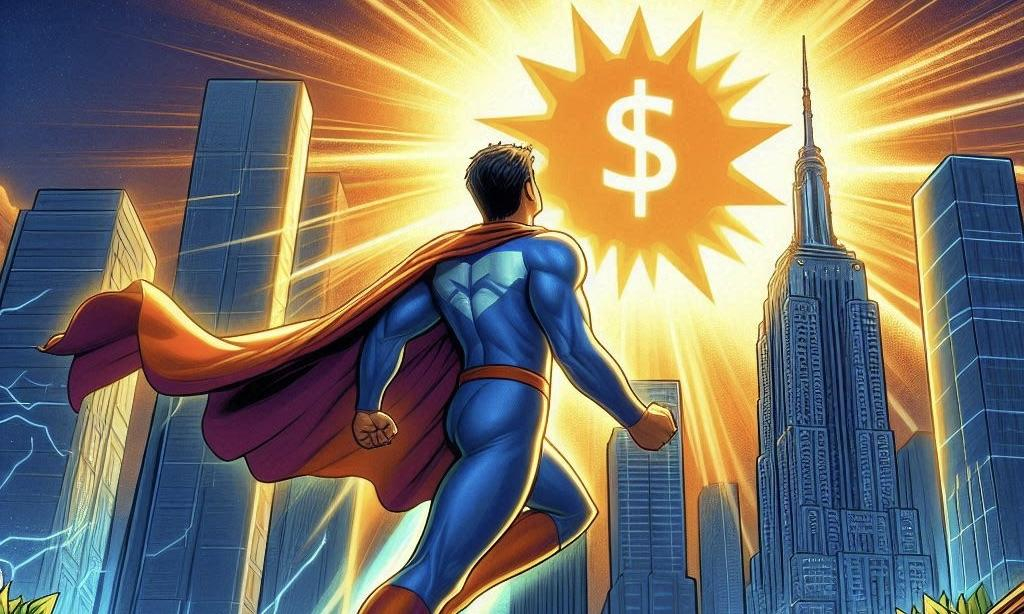

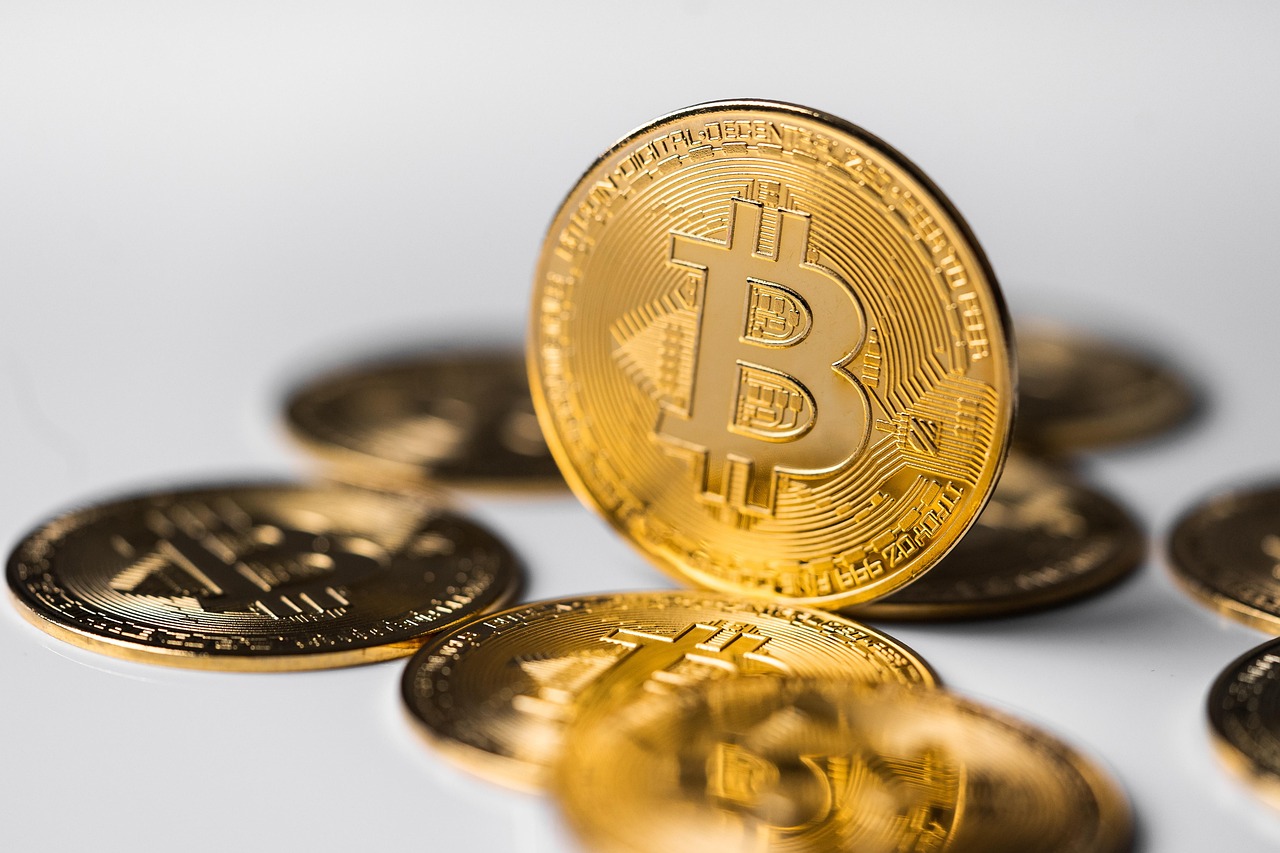
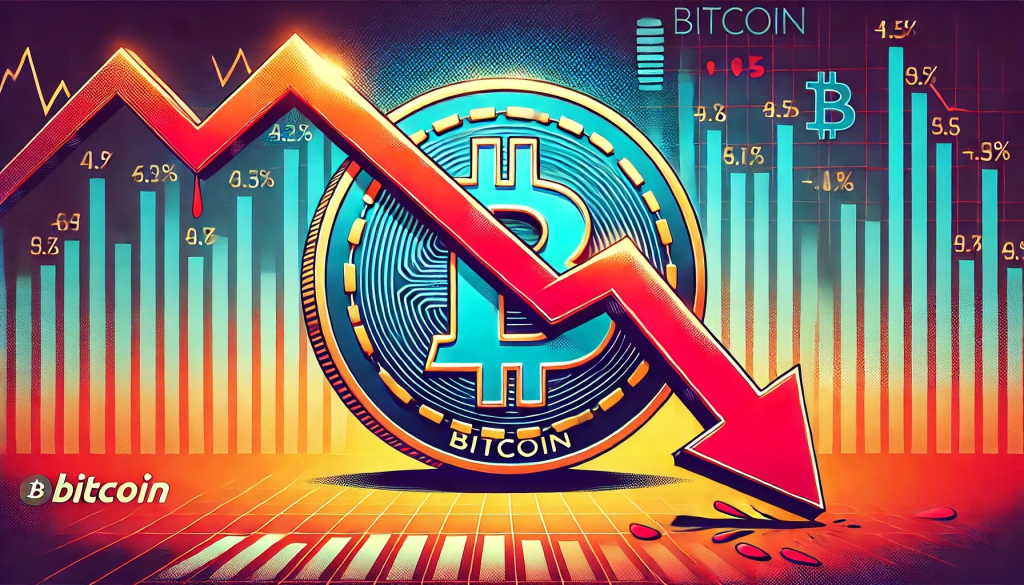

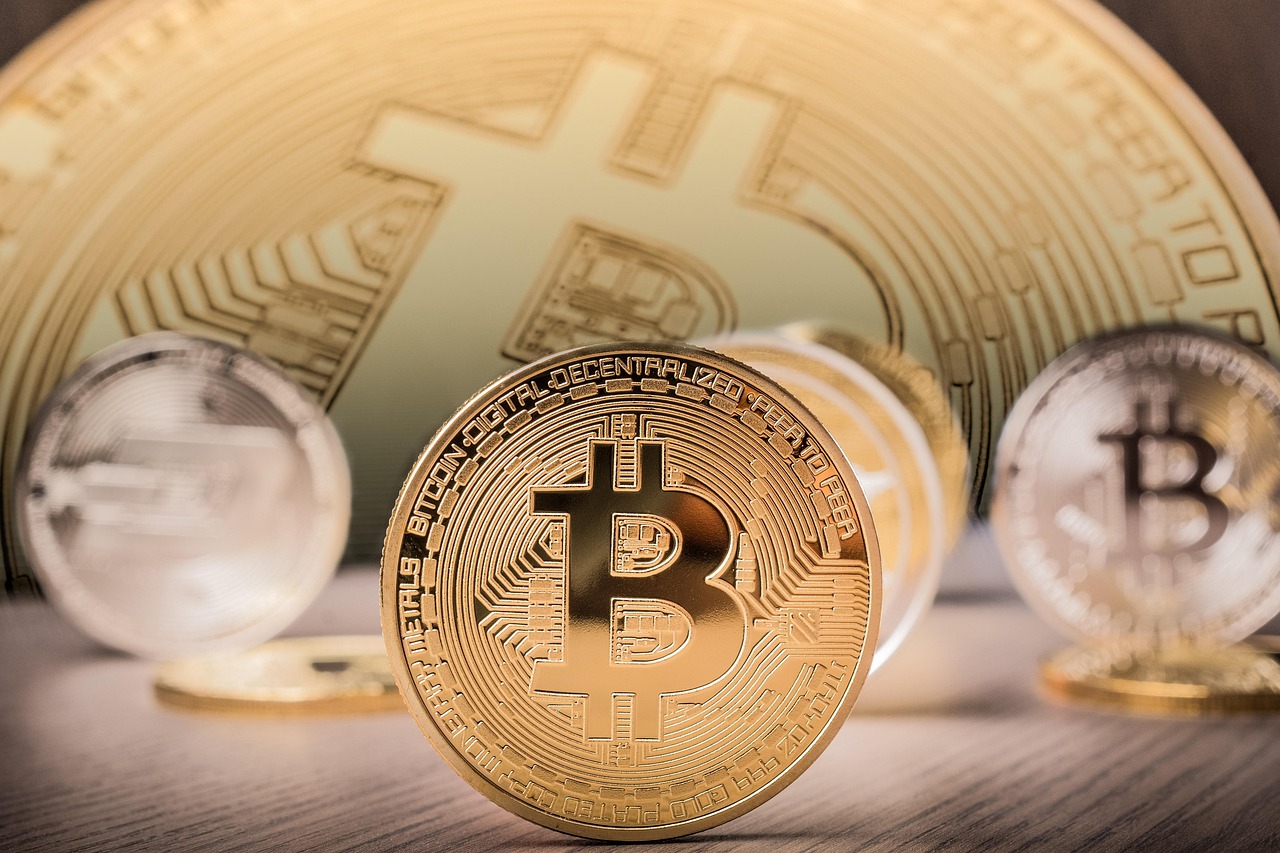
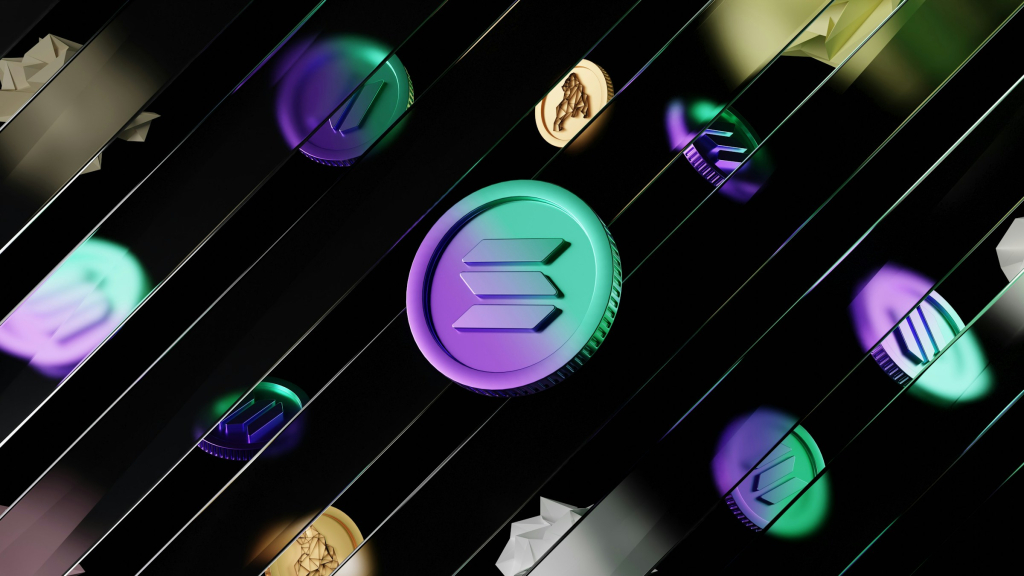

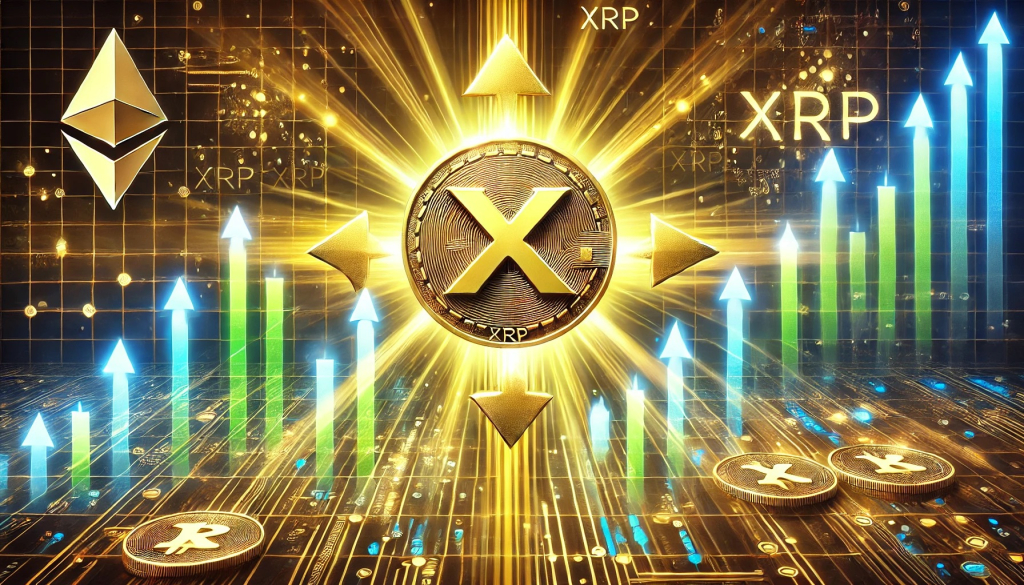

Comment 0